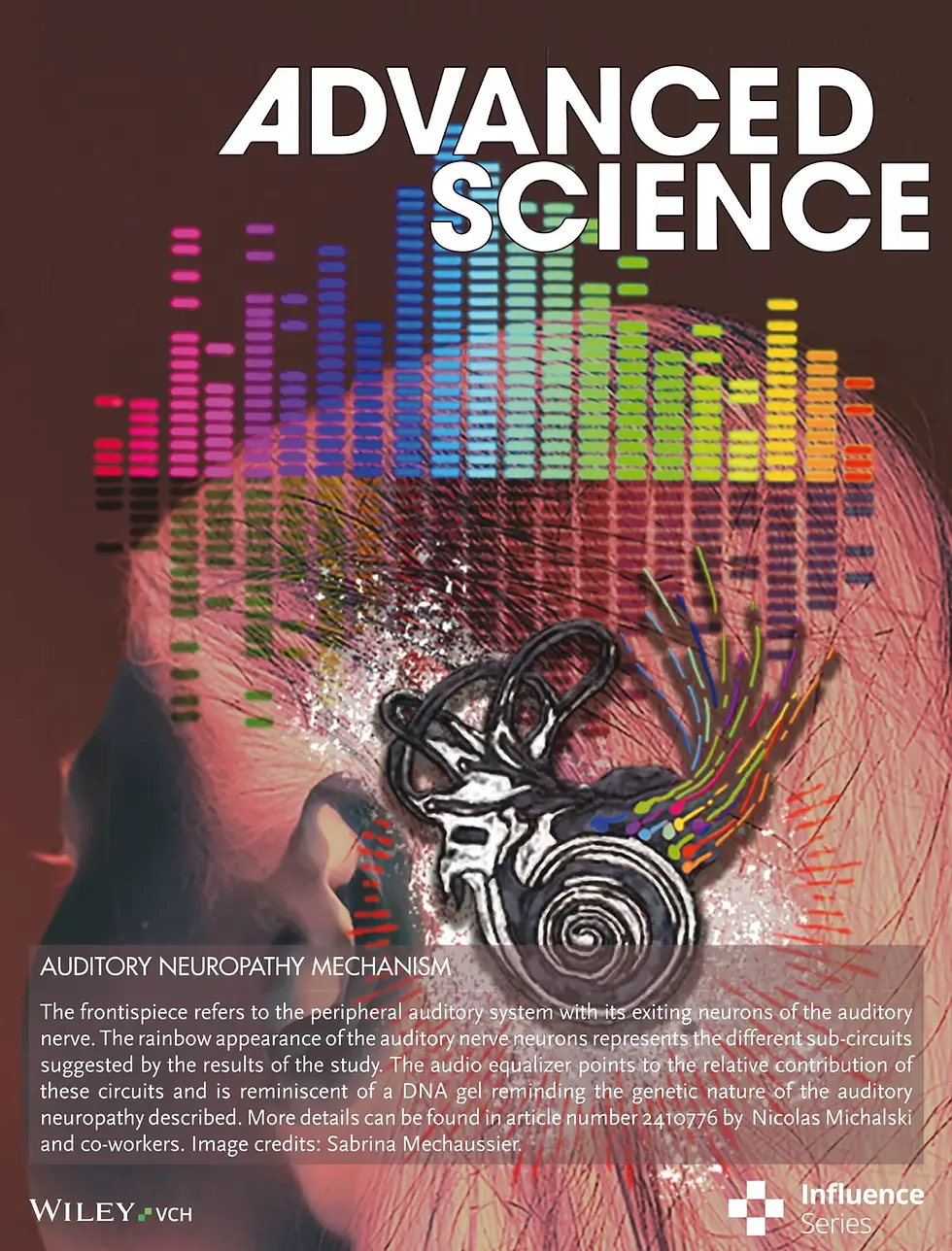Gene therapies: new hopes for curing deafness
- oueb70
- Jun 21, 2023
- 2 min read
Hearing impairment affects hundreds of millions of people worldwide. Researchers at the Hearing Institute have mapped at the single cell level the spatio-temporal expression of genes within the sensory organ of hearing, the cochlea, paving the way for the development of gene therapy treatments for hereditary forms of deafness.
In a study published June 20th in PNAS, researchers at the Hearing Institute, a center of the Institut Pasteur dedicated to auditory neuroscience research, have produced the first gene expression atlas of the mouse cochlea. "We have established the chronology of gene expression in almost 120,000 cells at three critical stages in the development of the cochlea. This has enabled us to characterize more than 30 cell types, discovering three previously unknown ones and clarifying how this organ develops and sets up its complex biophysical properties underlying the frequency analysis of the sounds it operates", describe Nicolas Michalski and Christine Petit, researchers at the Hearing Institute and co-directors of the study.
The researchers were also able to finely classify the genes involved in deafness and/or cochlear development according to their different expression profiles in the various cell types of the cochlea. "These discoveries should considerably accelerate the identification of cell types affected by pathogenic gene variants involved in deafness, enabling the development of targeted therapies aimed at restoring hearing," asserts Philippe Jean, researcher at the Hearing Institute and first author of the study.
This article was the subject of a news note on the Institut Pasteur website.
Single-cell transcriptomic profiling of the mouse cochlea: An atlas for targeted therapies, PNAS, June 20, 2023, https://doi.org/10.1073/pnas.2221744120
Illustration: Section of cochlea showing the sensory organ of hearing. In turquoise blue, the sensory cells of hearing. In blue and red, markings of different cell types of the cochlea obtained with two markers used in the study. Copyright: Institut Pasteur.



